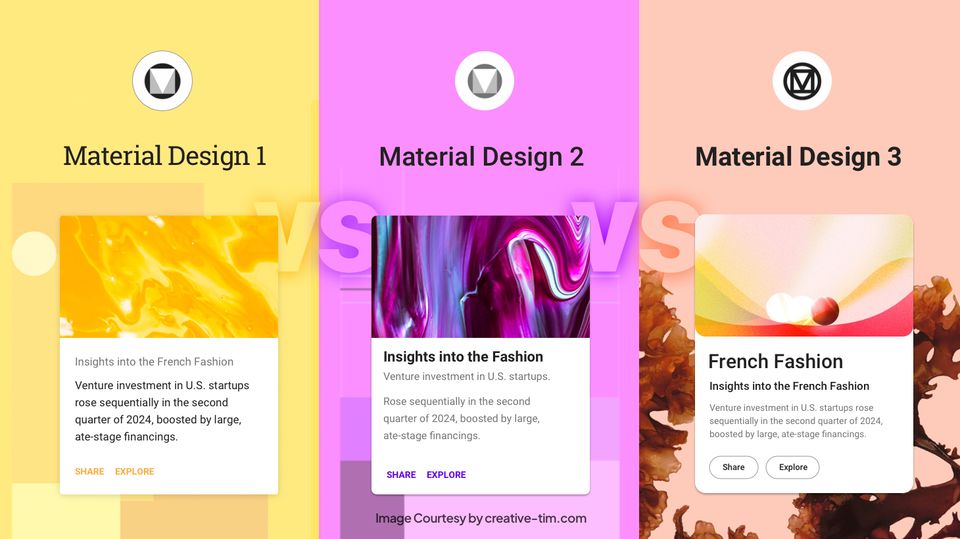Building an appealing and multifunctioning web design is every front-end developer’s dream. Unfortunately, the process comes with dealing with an overwhelming amount of code that can become repetitive and time-consuming over time.
That was until the arrival of Bootstrap and how it became a game-changer in the web development industry.
In this article, we’ll uncover the functions of Bootstrap and how it can help with the web design process. By the end of it, you’ll know why so many front-end developers consider Bootstrap as one of the best tools for web development.
What is Bootstrap?
Bootstrap is a free yet powerful front-end HTML, CSS, and JavaScript CSS framework. This open-source toolkit contains code dedicated to supporting the front-end web development process. It’s hosted and available for public use on GitHub.
The framework was initially created by Mark Otto and Jacob Thornton to help maintain consistency across Twitter’s internal tools. During the development process, Bootstrap slowly evolved into something much larger and revolutionary for the web development industry. Once it went public in 2011, the rest is pretty much history.
Want to see Bootstrap in action? Check out some of the tutorials on HostingWiki for a glimpse of Bootsrap’s prowess in making web development much more efficient.
8 Reasons Why You Should Use Bootstrap
Bootstrap gained immediate popularity after its launch and for several good reasons. Here are just some of the features to show how game-changing this framework is and why you should consider using it.
1. Time-saving
Working on a project that has a number of templates can be time-consuming. Furthermore, even a small design change can lead to hours of manual editing over multiple webpages, especially if you’re not careful.
With Bootstrap, you get to use pre-made design themes and templates as your starting point. It allows modification of its code to make the framework suit your project’s needs. In addition, any changes you make during the development process will also affect all of the webpages altered by Bootstrap. So, say goodbye to hours of coding from scratch!
2. Easy to Use
Bootstrap is very simple to use – the setup process doesn’t take too long and is relatively easy, even for beginners. While it’s not mandatory, having basic knowledge of HTML, CSS and JavaScript will undoubtedly help you modify the code with ease. Check out Bootstrap’s documentation page to learn more.
3. Responsive Grid System
One of today’s most significant demands in terms of web development is making sure that websites are responsive and mobile-friendly. Bootstrap has that covered with their dedicated mobile-first grid system – it can divide the screen into twelve columns to accommodate various screen sizes, thus making its web design adaptable to all kinds of devices.
Moreover, by taking advantage of the grid system’s classes, you can make certain elements visible only on a specific type of device.
4. Customizable
If you’re not happy with Bootstrap’s design template, you can add your own twist to its CSS file. You can also combine it with the existing code and make them complement each other’s functions. This ability is particularly useful if you want to create a unique look for your website but don’t have the time or CSS knowledge to start everything from scratch.
You can also create a custom version of Bootstrap via its customization page. In order to do this, you have to exclude all of the components and plugins that you don’t need before downloading the Bootstrap file. Additionally, there’s a section where you can change variable values, thus allowing you to make templates of your own.
5. Cross-browser Compatible
Bootstrap is compatible with the latest versions of all modern browsers and platforms. While Bootstrap claims that it doesn’t support older or proxy browsers, that shouldn’t affect its display and function.
6. Maintain Consistency
Both Mark Otto and Jacob Thornton developed Bootstrap specifically to solve the inconsistency issue between front-end and back-end developers, and it truly delivers. Bootstrap eliminates the use of libraries that always differ from one developer to the other. Thus, you get to maintain the stability of your project elements no matter who is tackling them.
Consistency also applies to the web display, meaning that you’ll notice a uniform output regardless of what web browser you’ll be using for your project.
7. Open Source
Bootstrap is an open-source framework, meaning that you can use and modify it without purchasing any license. Respectively, it also allows it to grow rapidly with the help of over a thousand willing contributors on GitHub.
8. Community-centered
Bootstrap has the full support of its community who offer tutorials and assistance for anyone who might need it. The developers keep the community informed by providing the latest news and updates regarding the framework’s growth via Bootstrap’s official blog. This gesture encourages direct feedback from its userbase.
In return, the community members can showcase their projects on the Bootstrap Expo webpage. You can use this website as a source of inspiration in case you want to know how Bootstrap can improve your project.
Try It Yourself!
Bootstrap is a powerful front-end framework that revolutionized the web development industry. Not only that, but Bootstrap also accelerates the design process by providing pre-made design themes and templates that are customizable and easy to use.
As an open-source framework, you can use and modify it without having to spend a dime. Feel free to try it yourself and see whether Bootstrap can improve your work efficiency. Good luck!



![15+ Top Black Friday & Cyber Monday Deals for Developers and Designers [2023]](/blog/content/images/size/w960/2021/11/black-friday-deals-developers-1.jpg)
